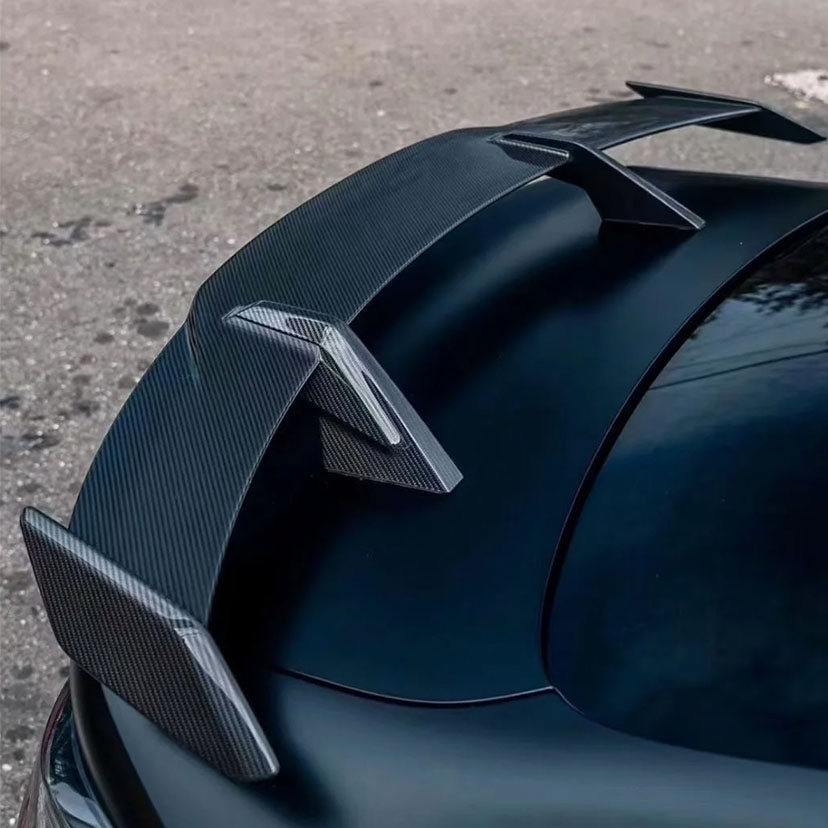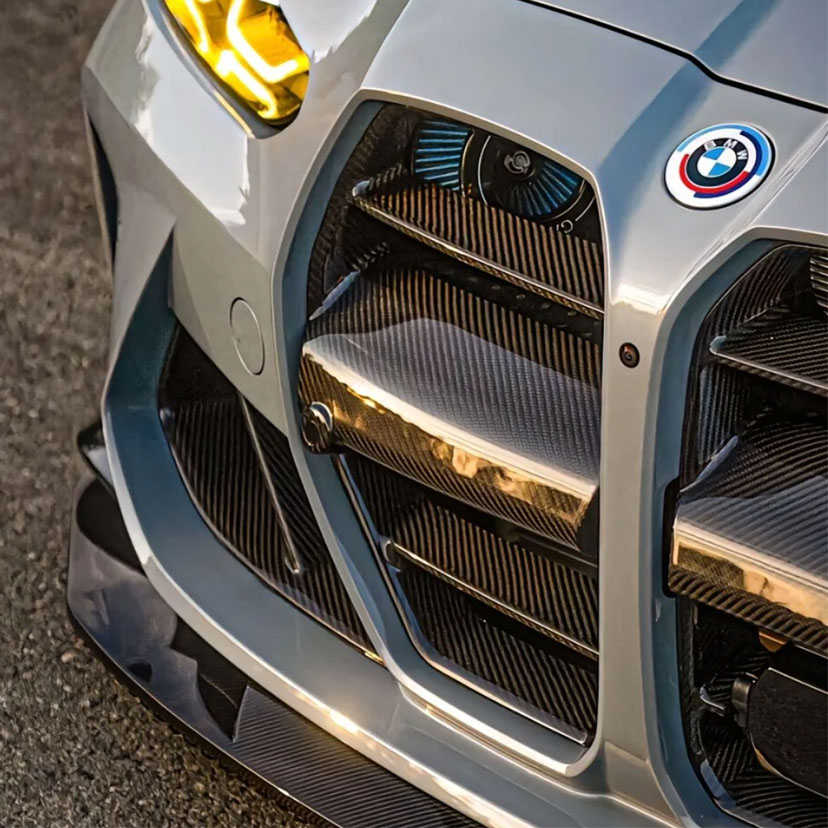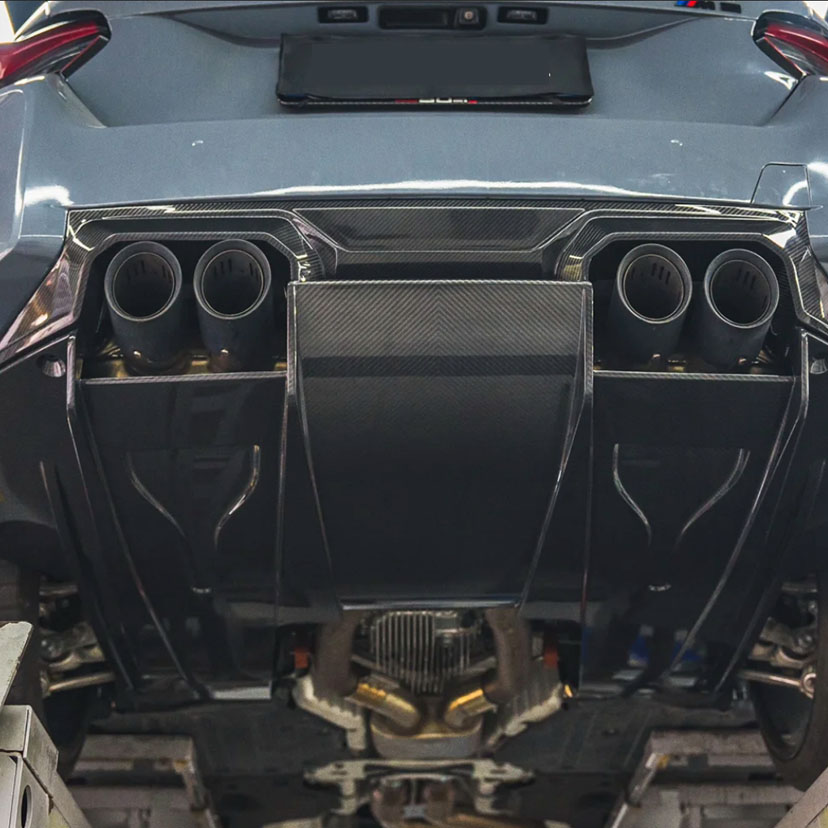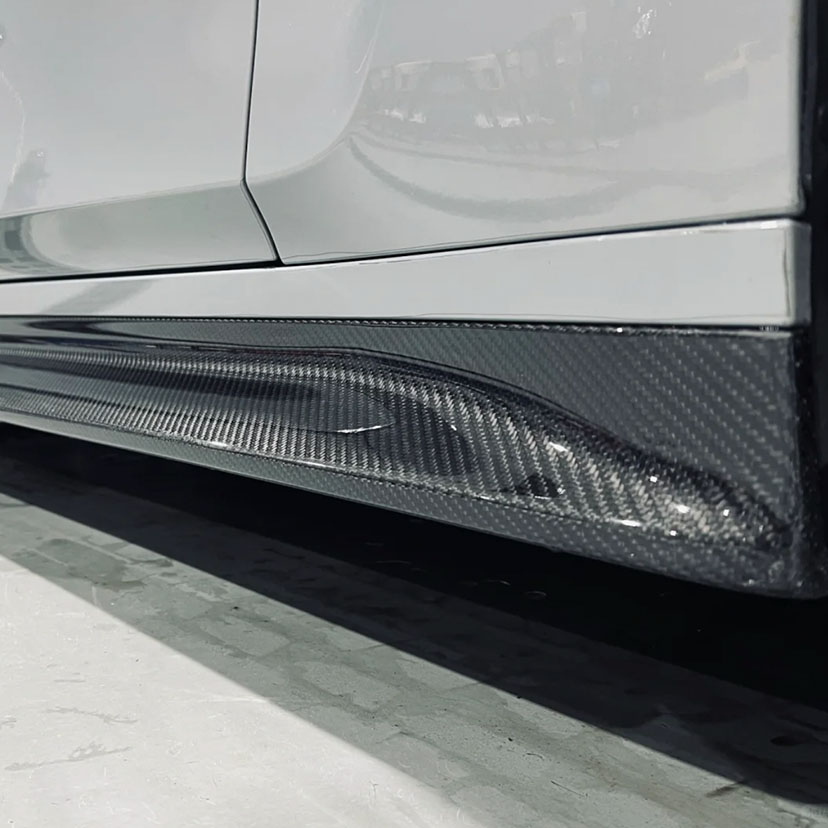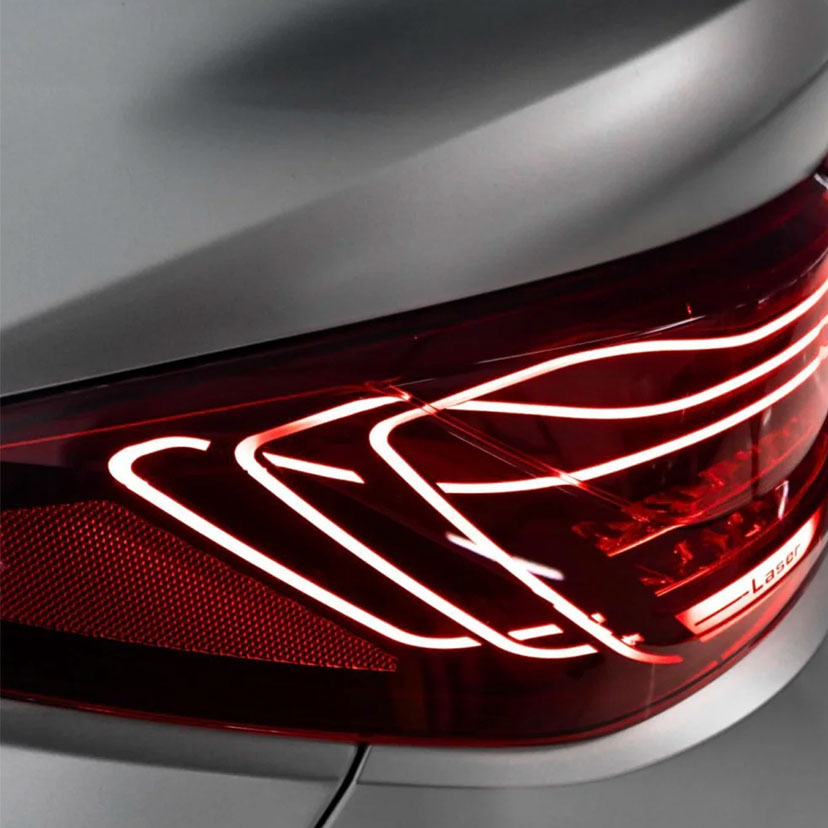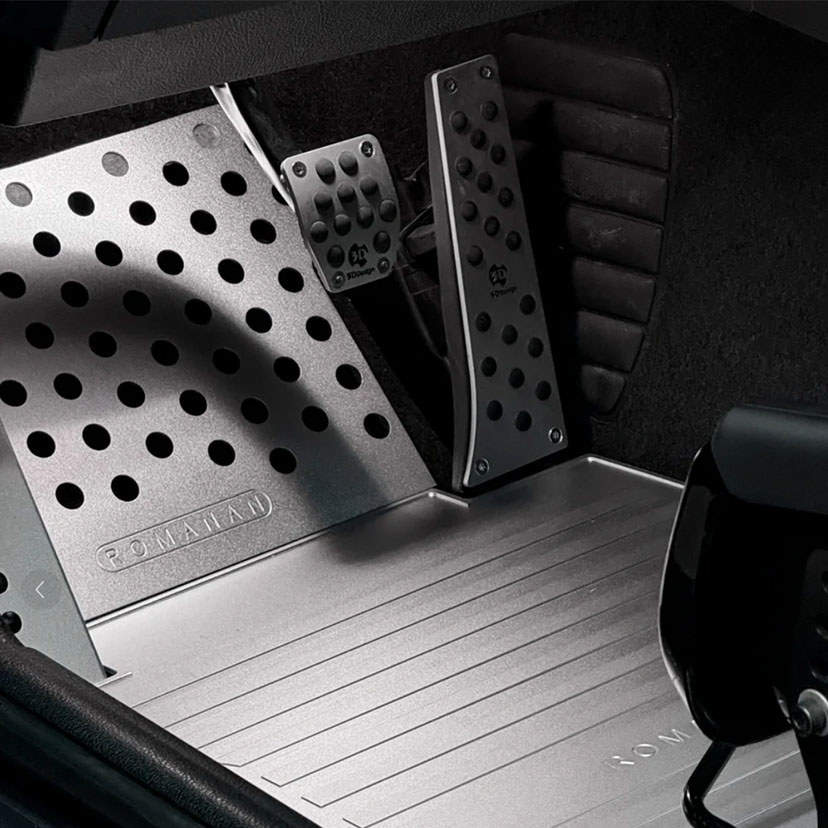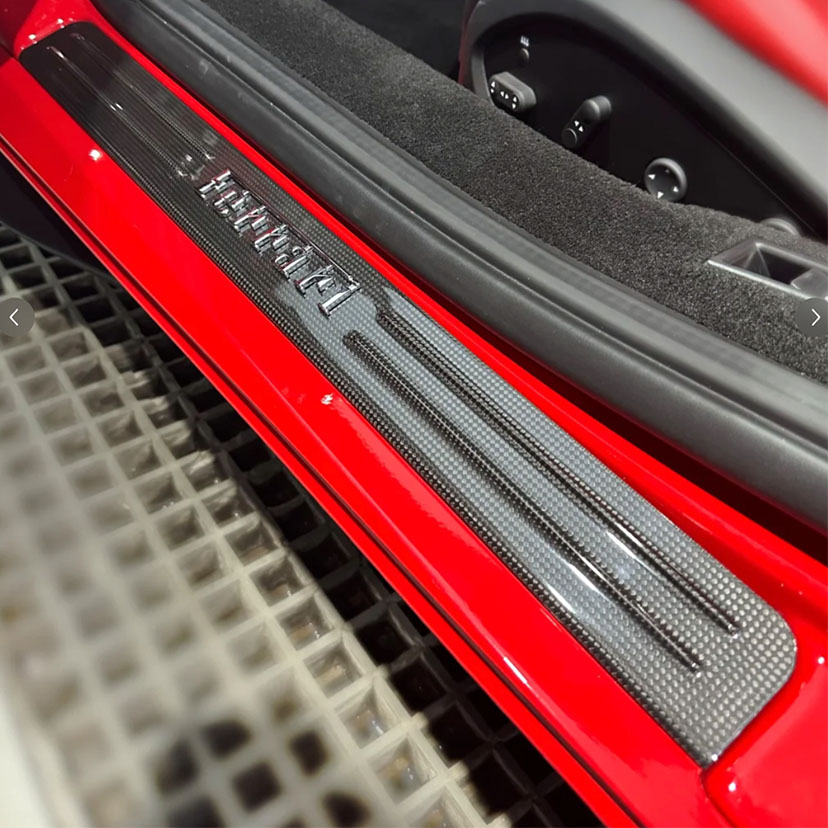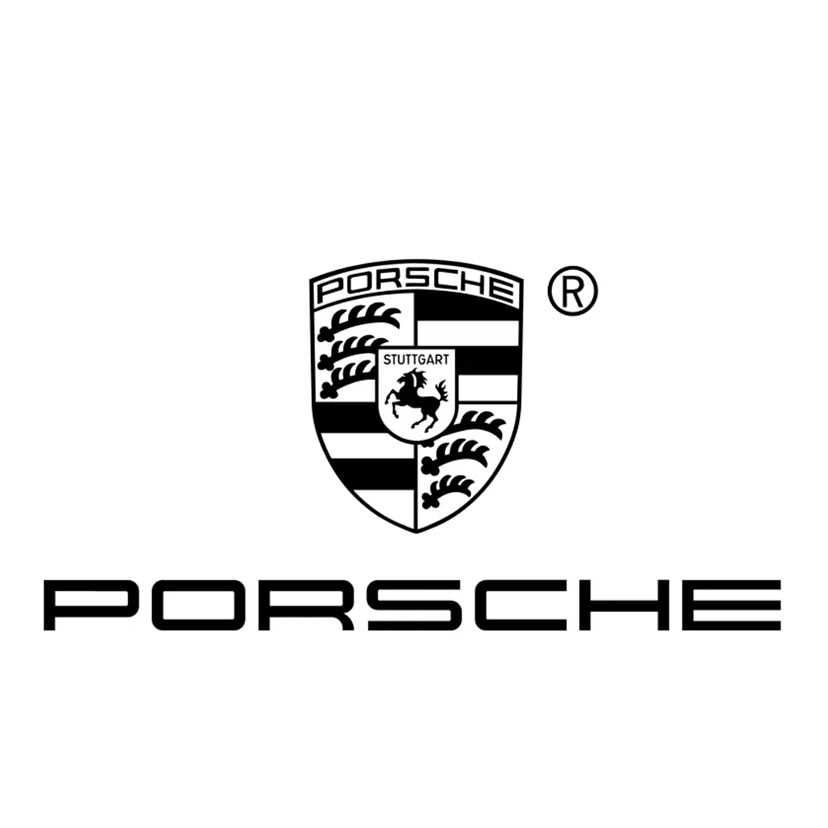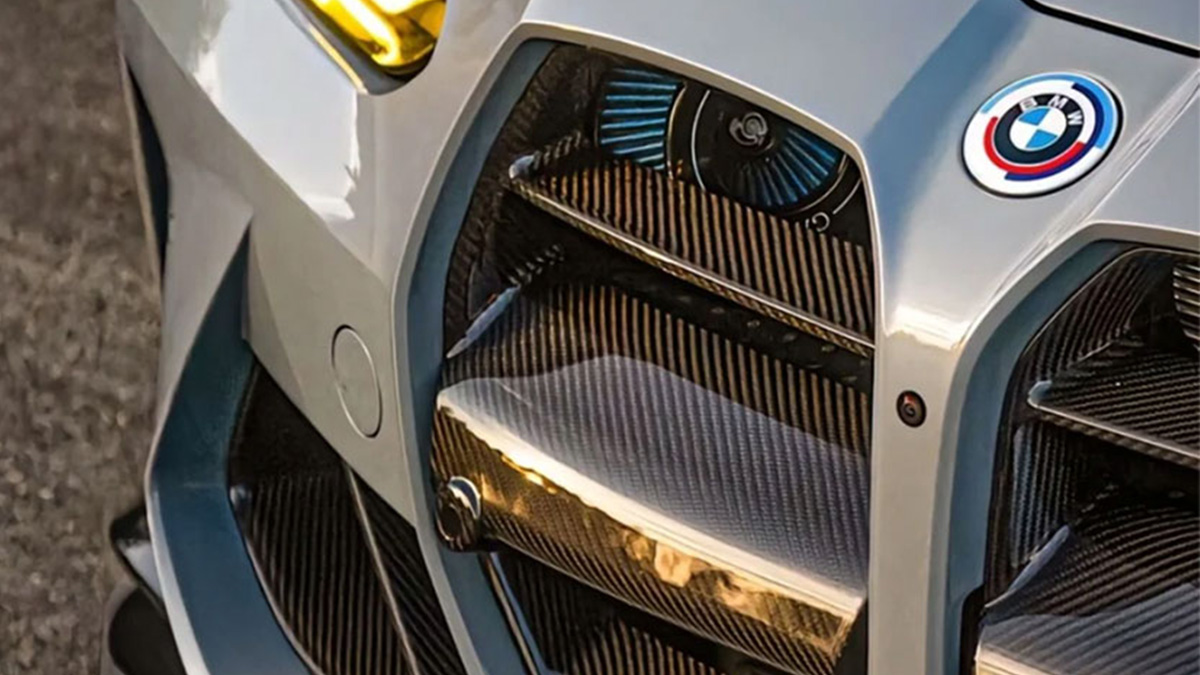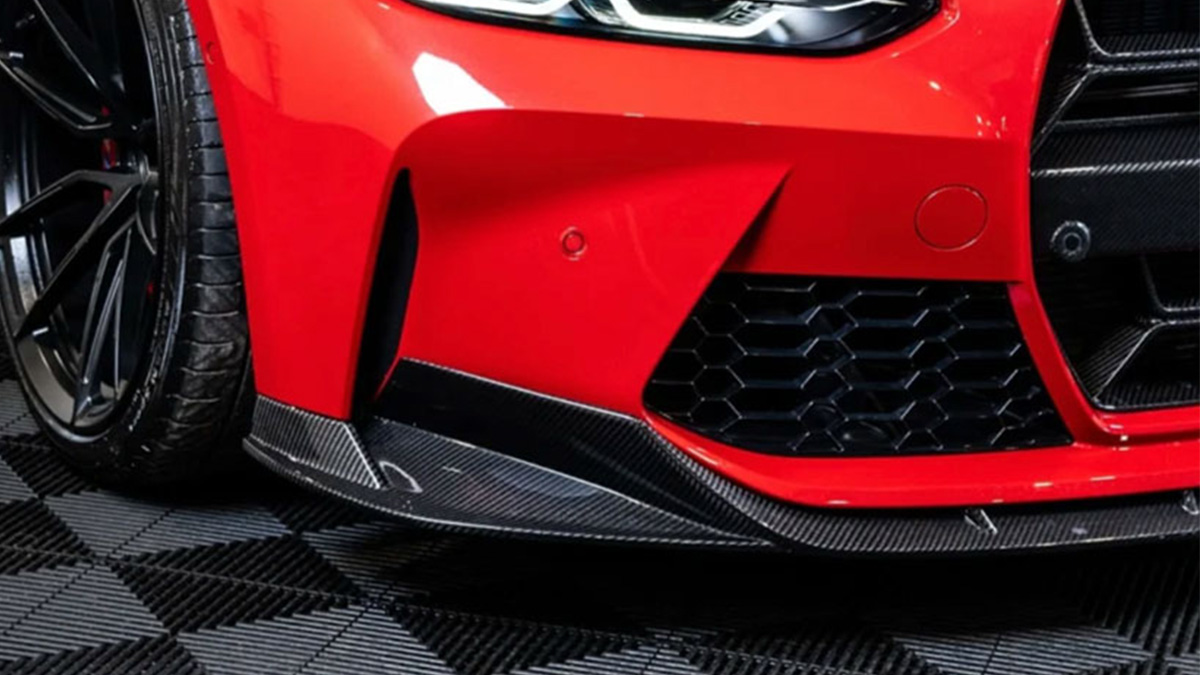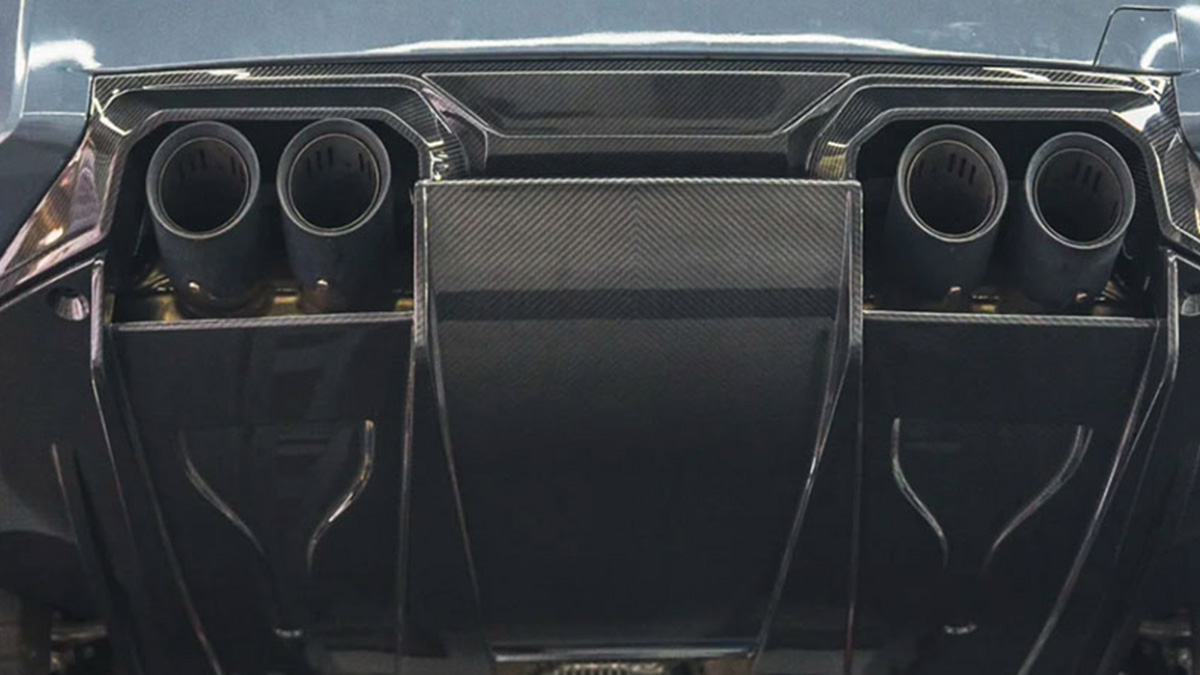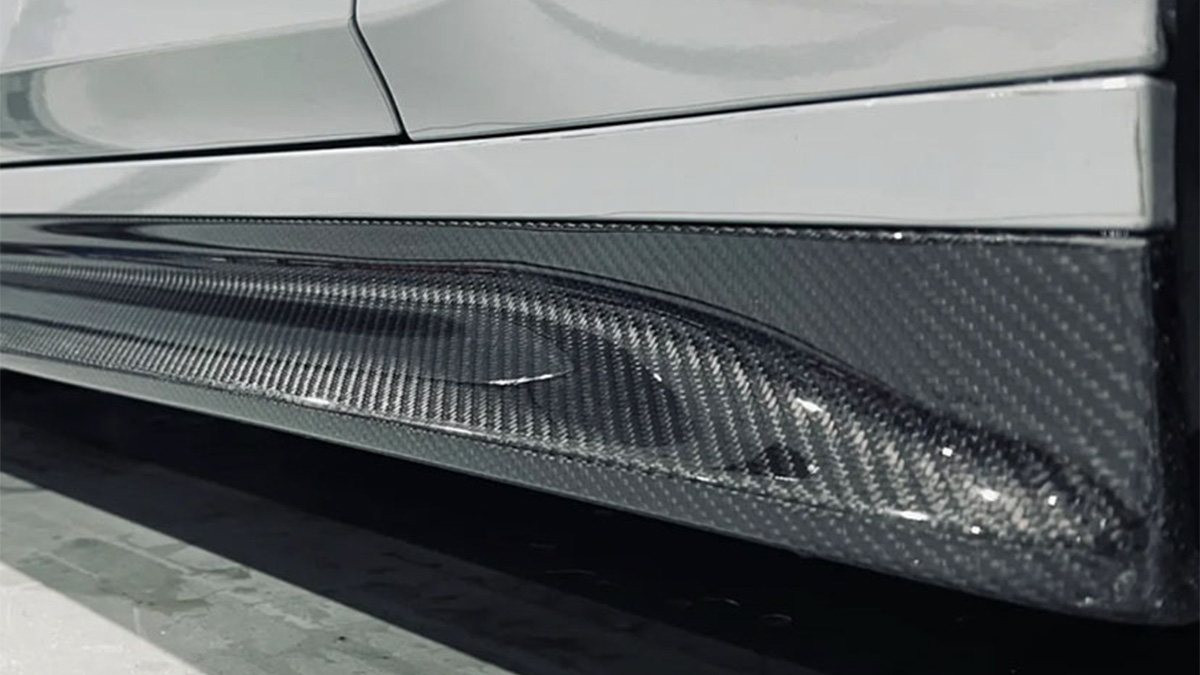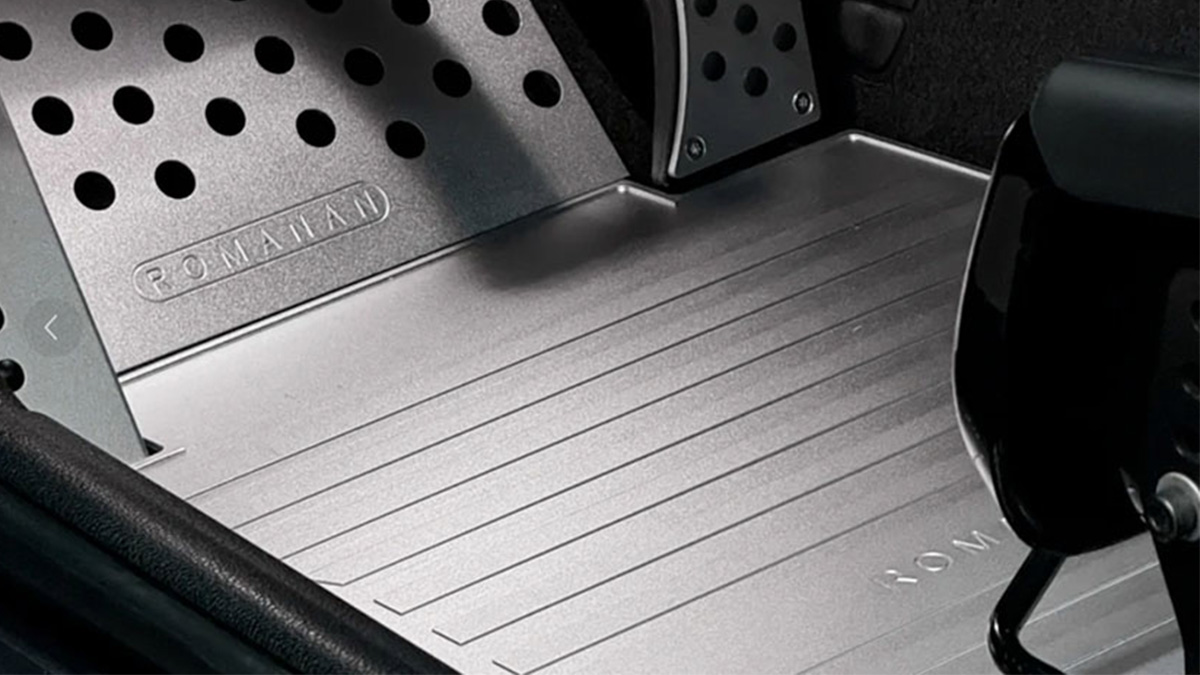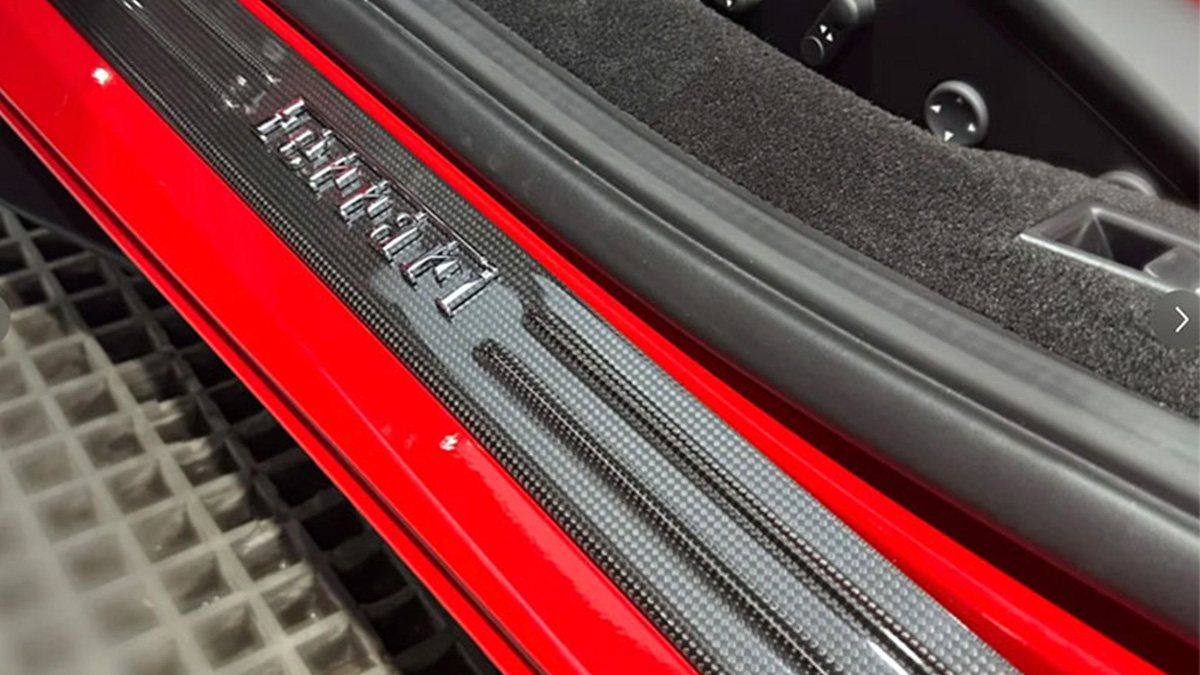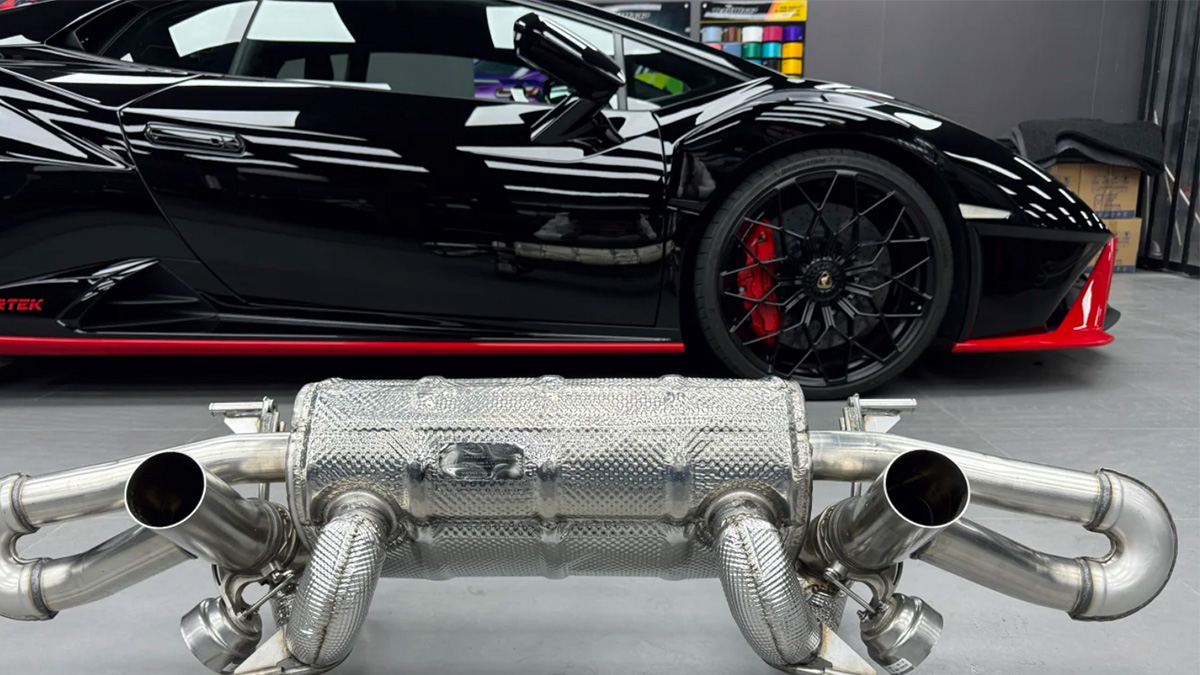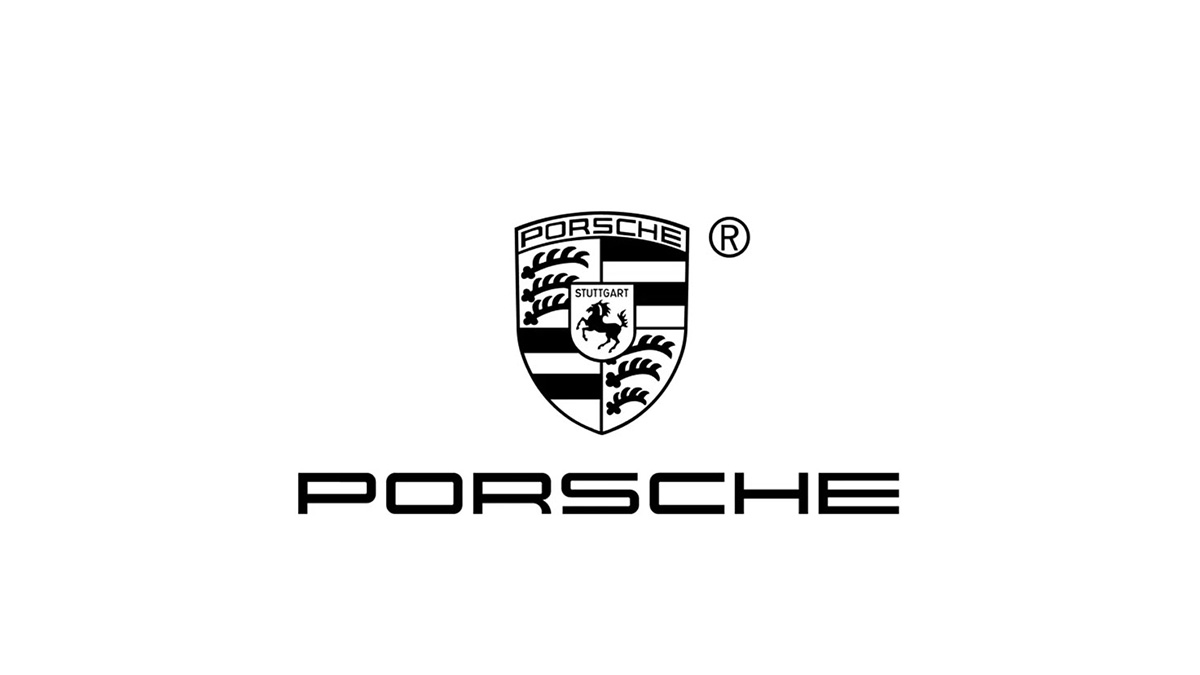BMW S58 Engine vs B58 and S55 What Sets Them Apart in 2025

When comparing the S58, B58, and S55 engines, you’ll notice key differences in their performance, technology, and reliability. The S58 engine, designed for high-performance applications, features advanced cooling and turbocharging systems that deliver exceptional power. The B58 focuses on efficiency and everyday usability, with innovations like an engine heat encapsulation system. Meanwhile, the S55 offers high-revving capabilities with lightweight internals but demands diligent maintenance for long-term reliability. Understanding these distinctions helps you choose the right engine for your needs, whether you prioritize track performance, daily driving, or a balance of both.
Wichtigste Erkenntnisse
The S58 engine is built for speed, giving up to 503 horsepower. It has special cooling for racing use.
The B58 engine mixes power and fuel-saving, great for daily driving. It gives between 322 and 382 horsepower.
The S55 engine is strong with up to 493 horsepower. It needs careful upkeep to stay dependable over time.
For everyday driving, the B58 is the top pick. It runs smoothly and costs less to maintain.
Car fans might like the S58 for its tuning and speed. The B58 is a steady choice for long-term use.
Overview of the S58, B58, and S55 Engines
S58 Engine
Technical Specifications
The S58 engine represents BMW’s pinnacle of performance in inline-six engines. It succeeded the S55 engine and debuted in the X3 M and X4 M models in 2019. This engine features twin mono-scroll turbochargers, which improve both power delivery and efficiency. With a displacement of 3.0 liters, the S58 produces up to 503 horsepower in its Competition variants. Its advanced cooling system ensures optimal performance during high-stress scenarios, such as track use.
The S58 engine is specifically designed for high-performance applications, making it more powerful than the B58.
Applications in BMW Models
You’ll find the S58 engine in BMW’s M division models, including the G80 M3 and G82 M4. It also powers the X3 M and X4 M SUVs, offering a blend of track-ready performance and everyday usability. This engine is tailored for enthusiasts who demand exceptional power and precision handling.
BMW B58 Engine
Technical Specifications
The B58 engine is a versatile inline-six engine designed for a wide range of BMW models. It delivers a balance of power and efficiency, with outputs ranging from 322 to 382 horsepower depending on the model. The engine incorporates innovative features like an integrated water-to-air intercooler and a heat encapsulation system, which improve thermal efficiency and reduce emissions.
The B58 engine focuses on providing exceptional power and torque for daily driving while maintaining fuel efficiency.
Applications in BMW Models
You’ll encounter the B58 engine in various BMW models, including the 3 Series, 5 Series, and X5. It also powers sportier options like the Z4 and Toyota Supra. This engine is ideal for drivers seeking a reliable and efficient powertrain for everyday use.
BMW S55 Engine
Technical Specifications
The S55 engine, developed by BMW’s M division, served as the predecessor to the S58. It features twin turbochargers and lightweight internals, enabling high-revving capabilities. With a 3.0-liter displacement, the S55 produces up to 493 horsepower in its most powerful configurations. However, it requires diligent maintenance to ensure long-term reliability.
The S55 engine was tailored for high-performance applications, offering track-ready capabilities.
Applications in BMW Models
The S55 engine powered the F80 M3 and F82 M4 models from 2014 to 2020. It also appeared in the M2 Competition and M2 CS, delivering thrilling performance for track enthusiasts. While no longer in production, the S55 remains a favorite among BMW enthusiasts for its raw power and engaging driving dynamics.
Performance and Technology Comparison

Power and Torque Output
S58 Engine Performance
The S58 engine stands out as one of BMW’s most powerful turbocharged inline-six engines. It delivers between 453 and 503 horsepower, depending on the variant, with a consistent torque output of 443 lb-ft. This powertrain excels in high-performance applications, offering rapid acceleration and impressive top-end power. Whether you’re driving an M4 Competition or an X3 M, the S58 ensures thrilling performance on both the road and track.
B58 vs S55 Performance
When comparing the B58 and S55 engines, you’ll notice key differences in their power output and torque delivery. The B58 engine produces between 335 and 382 horsepower, with robust low-end torque that enhances daily drivability. In contrast, the S55 engine generates 405 to 503 horsepower, making it more suitable for track-focused performance. The S55’s smaller turbos provide peak torque at higher RPMs, while the B58’s single twin-scroll turbocharger ensures smoother power delivery for everyday use.
Motor | Leistung (hp) | Drehmoment (lb-ft) |
|---|---|---|
S58 | 453 – 503 | 443 |
B58 | 335 – 382 | Robust low-end torque |
S55 | 405 – 503 | Peak torque at high RPM |
Advanced Technologies
Turbocharging Systems
BMW’s turbocharging technology varies across these engines. The S58 employs twin mono-scroll turbochargers with higher boost pressure, enhancing low-end torque and overall performance. The S55 also uses twin turbos but with smaller sizes and lower boost pressure, prioritizing high-revving capabilities. Meanwhile, the B58 features a single twin-scroll turbocharger, which balances efficiency and power for daily driving.
Motor | Turbocharger Type | Wesentliche Merkmale |
|---|---|---|
S58 | Twin-Turbo | Larger turbos, higher boost pressure |
S55 | Twin-Turbo | Smaller turbos, peak torque at higher RPM |
B58 | Single Twin-Scroll | Smoother power delivery, optimized for efficiency |
Cooling and Airflow Improvements
The S58 engine incorporates a comprehensive cooling system with multiple radiators and coolers, ensuring optimal performance during high-stress conditions. The B58 engine features an integrated water-to-air intercooler, which improves thermal efficiency. The S55 engine, while effective, lacks some of the advanced cooling enhancements found in the S58.
Fuel Efficiency and Emissions
The B58 engine leads in fuel efficiency, thanks to its innovative heat encapsulation system and direct injection technology. The S58 and S55 engines focus more on performance, but the S58 includes features designed to meet stricter emission standards without compromising power.
Fahrdynamik
Leistung verfolgen
The S58 engine dominates on the track, offering precise power delivery and exceptional handling. Its advanced turbocharging and cooling systems make it ideal for competitive use. The S55 engine also performs well on the track, but its older technology may not match the S58’s consistency. The B58, while capable, prioritizes comfort over track-focused performance.
Daily Driving Experience
For daily driving, the B58 engine provides the best balance of power and efficiency. Its smooth torque delivery and fuel economy make it practical for non-enthusiasts. The S58 and S55 engines cater more to enthusiasts, with the S58 offering a refined yet powerful experience.
Tuning Potential and Aftermarket Support
Tuning Capabilities
S58 Engine Tuning Potential
The s58 engine offers exceptional tuning potential, thanks to its robust closed-deck block design. This feature provides the strength needed to handle significant power gains. You can achieve impressive performance upgrades by modifying components like the turbocharging system, exhaust, and intake. Many enthusiasts have tuned this engine to exceed 600 horsepower while maintaining reliability. Its advanced engineering makes it a favorite for those seeking high-performance gains without compromising durability.
B58 Engine Tuning Potential
The b58 engine strikes a balance between tuning potential and everyday reliability. While it may not match the s58 in raw power gains, it still offers plenty of room for performance upgrades. With a single twin-scroll turbocharger, the b58 responds well to modifications like upgraded downpipes and performance intakes. Tuned versions of this engine can deliver gains of up to 100 horsepower, making it an excellent choice for drivers who want a reliable yet powerful daily driver.
S55 Engine Tuning Potential
The s55 engine, designed for high-performance applications, boasts significant tuning potential. Its twin-turbo setup allows for substantial power gains, often exceeding 700 horsepower with the right modifications. Enthusiasts appreciate its high-revving nature and ability to handle aggressive tuning. However, you must ensure proper maintenance to sustain reliability when pushing this engine to its limits.
Motor | Tuning Potential | Merkmale |
|---|---|---|
S58 | Hoch | Closed-deck design, ideal for performance upgrades |
B58 | Mäßig | Balanced for reliability and daily drivability |
S55 | Hoch | Performance-oriented, excels in M models |
Aftermarket Support
Availability of Parts
The aftermarket support for these engines is extensive, with a wide range of parts available. For the s58 engine, you’ll find high-flow downpipes, upgraded charge pipes, and performance intakes. The b58 engine also enjoys strong aftermarket support, offering similar parts tailored for its single turbo setup. The s55 engine, despite being older, remains popular among tuners, ensuring continued availability of performance components.
Popular Modifications
Popular modifications for these engines include high-flow or catless downpipes, upgraded turbocharging systems, and cat-back exhausts. Many enthusiasts also opt for performance intakes and ECU tuning to maximize gains. These upgrades not only enhance power but also improve throttle response and overall driving dynamics.
Community and Resources
The tuning community for BMW engines is vast and active. Online forums, social media groups, and dedicated websites provide valuable resources for tuning advice and troubleshooting. Whether you’re modifying an m4 with an s58 engine or enhancing a b58-powered daily driver, you’ll find plenty of support from fellow enthusiasts.
Verlässlichkeit und Wartung
Common Issues and Durability
S58 Engine Reliability
The S58 engine is known for its robust design and advanced engineering. Its closed-deck block and improved cooling system enhance durability, especially under high-performance conditions. However, like any high-performance engine, it requires proper maintenance to avoid potential issues. Common problems include valve cover gasket leaks and oil filter housing gasket leaks. These issues, while not widespread, can occur over time, particularly in engines that are tuned for additional performance gains.
BMW B58 Engine Reliability
The BMW B58 engine has earned a reputation for excellent reliability. It incorporates several improvements over older models, such as the N55, reducing the risk of oil starvation during high-stress scenarios like track use. While the B58 is less prone to major failures, you should watch for common issues like valve cover and oil pan gasket leaks. These problems are relatively minor and can be addressed with routine maintenance. Overall, the B58 offers a solid balance of reliability and performance for daily driving.
BMW S55 Engine Reliability
The BMW S55 engine, while powerful, has a few known reliability concerns. One of the most notable issues is the three-piece crank hub, which can fail under extreme conditions. This problem is more common in engines that have been tuned for higher power. Additionally, like the S58 and B58, the S55 may experience gasket leaks over time. Despite these challenges, the S55 remains a favorite among enthusiasts for its high-revving nature and track-ready performance.
Anforderungen an die Wartung
Kosten des Besitzes
The cost of ownership varies depending on the engine. The S58 engine, being a high-performance powertrain, typically incurs higher maintenance costs. You may need to budget for more frequent oil changes and specialized parts. The B58 engine, designed for everyday use, offers lower maintenance costs and better fuel efficiency. The S55 engine falls somewhere in between, with costs influenced by its performance-oriented design and potential for performance upgrades.
Service Intervals and Considerations
Regular maintenance is crucial for all three engines. For the S58 engine, you should follow BMW’s recommended service intervals, which include oil changes every 10,000 miles or sooner if the engine is tuned. The B58 engine also benefits from timely oil changes and inspections, ensuring long-term reliability. The S55 engine, due to its high-revving nature, may require more frequent servicing, especially if used for track days or competitive driving. Staying proactive with maintenance helps prevent costly repairs and keeps your engine running smoothly.
Suitability for Different Use Cases
Tägliches Fahren
Comfort and Fuel Efficiency
For daily driving, the B58 engine stands out as the most practical choice. Its smooth power delivery and refined sound make it ideal for commuting or long trips. The engine’s heat encapsulation system improves thermal efficiency, which contributes to better fuel economy. You’ll also appreciate its reliability, as the B58 has fewer known issues compared to older engines like the S55. This makes it a dependable option for non-enthusiasts who prioritize comfort and efficiency over raw performance.
Practicality for Non-Enthusiasts
If you’re not an automotive enthusiast, the B58 engine offers a perfect balance of usability and performance. It delivers enough power for spirited driving while remaining easy to maintain. Its single twin-scroll turbocharger ensures smooth acceleration, making it suitable for city driving or highway cruising. Unlike the S58 or S55, the B58 doesn’t demand frequent maintenance or specialized care, which reduces the overall cost of ownership.
Leistung verfolgen
Handling and Power Delivery
The S58 engine dominates in track performance. Its twin mono-scroll turbochargers provide consistent power delivery, ensuring rapid acceleration and precise handling. Whether you’re driving an M4 or an X3 M, the S58’s advanced cooling system keeps the engine performing optimally under high-stress conditions. The S55 engine also excels on the track, offering high-revving capabilities and an aggressive sound that enthusiasts love. However, its older design may not match the S58’s cutting-edge technology.
Suitability for Competitive Use
For competitive use, the S58 engine is the top choice. Its robust closed-deck block design allows it to handle significant power gains when tuned. The S55 engine remains a strong contender, especially with its extensive aftermarket support. You can find upgrades like high-flow downpipes and performance intakes to enhance its capabilities. While the B58 engine is less track-focused, it still performs well in casual track settings, offering reliability and moderate tuning potential.
Enthusiast Preferences
Balancing Performance and Reliability
Enthusiasts often gravitate toward the S58 engine for its blend of raw power and advanced technology. It delivers exceptional performance while maintaining reliability, even when tuned for higher gains. The S55 engine appeals to those who value high-revving performance and aggressive sound, though its three-piece crank hub issue requires attention. The B58 engine, with its improved cooling and forged internals, offers better long-term reliability compared to the S55, making it a favorite for those seeking a balance between performance and everyday usability.
Long-Term Ownership Considerations
When considering long-term ownership, the B58 engine stands out for its durability and lower maintenance costs. Its design improvements over the S55, such as better cooling and fewer known issues, make it a reliable choice. The S58 engine, while robust, may incur higher maintenance costs due to its high-performance nature. If you’re planning to keep your car for years, the B58 offers the best combination of reliability and practicality.
Understanding the differences between the S58, B58, and S55 engines helps you make an informed decision. The S58 excels in track performance and tuning potential, while the B58 offers a balance of power and reliability for daily driving. The S55 remains a favorite for enthusiasts seeking high-revving performance but requires careful maintenance.
Choose the B58 if you value efficiency and dependability. Opt for the S58 if you prioritize cutting-edge performance. The S55 suits those who enjoy raw power but can manage its upkeep. Align your choice with your driving needs and long-term goals to ensure satisfaction.


